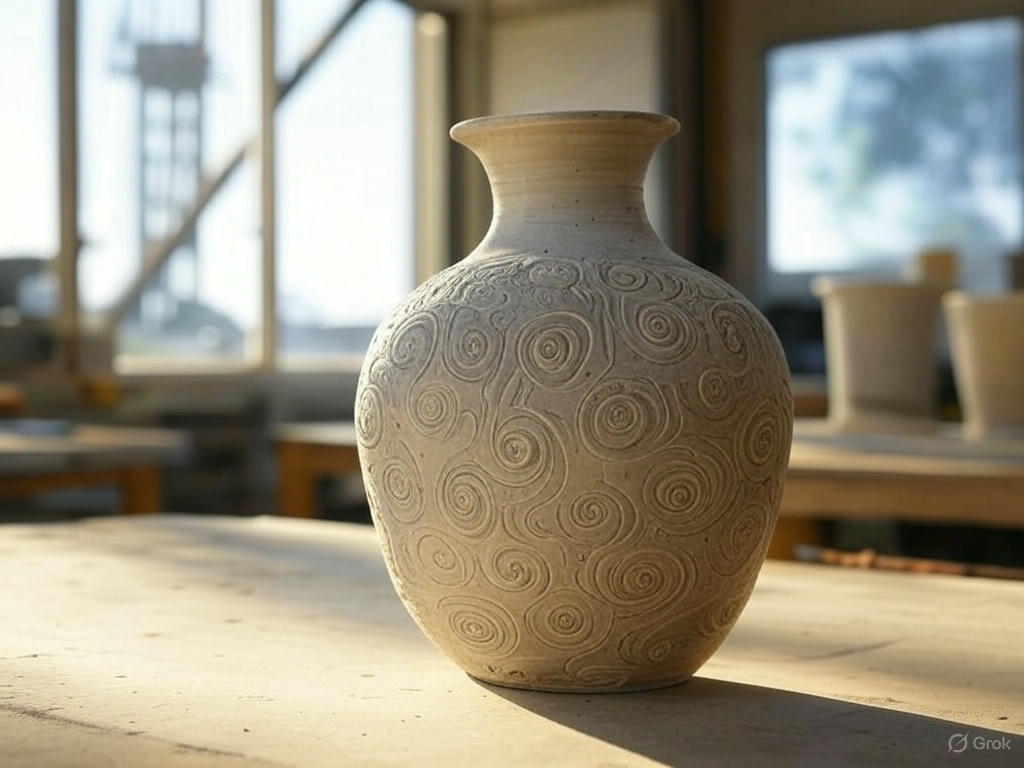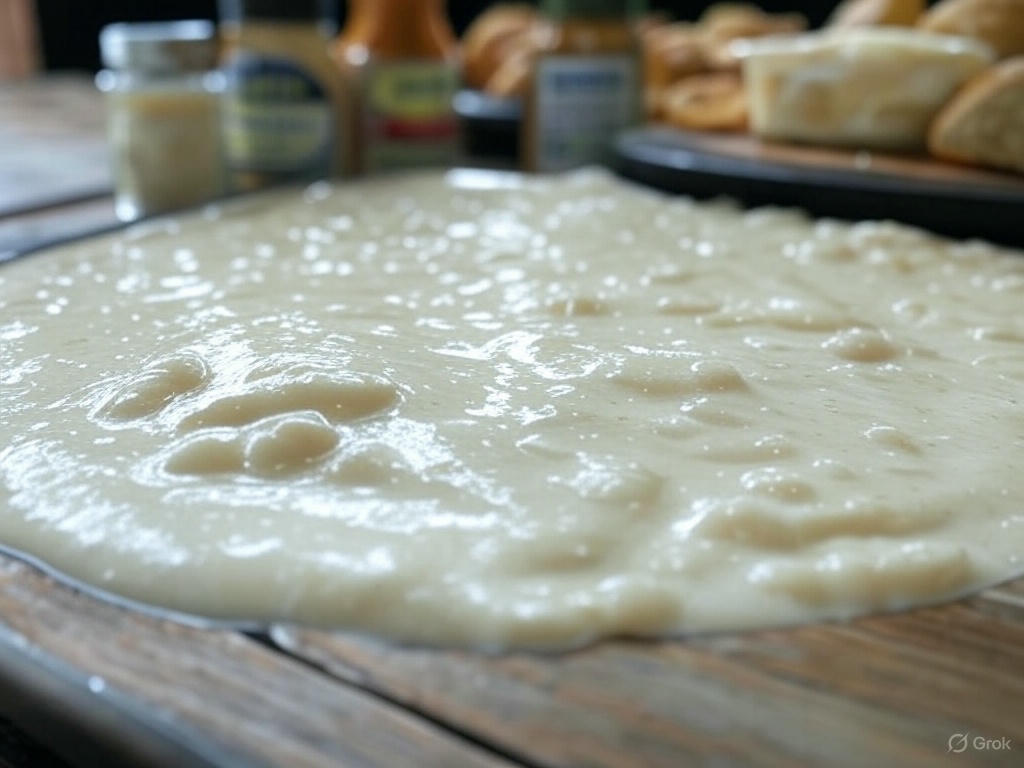Technical Support
-

Hydroxyethyl Cellulose (HEC) is used in ceramics
.
Hydroxyethyl Cellulose (HEC) is indeed utilized in the ceramics industry, and its applications are rooted in its properties as a water-soluble, non-ionic polymer derived from cellulose through chemical modification.…
-

Hydroxyethyl Cellulose (HEC) is used in oil drilling
.
Hydroxyethyl Cellulose (HEC) is widely used in oil drilling, particularly as an additive in drilling fluids, due to its versatile properties as a non-ionic, water-soluble polymer derived from cellulose.…
-

Hydroxyethyl Cellulose (HEC) is used in food products
.
Hydroxyethyl Cellulose (HEC) is indeed utilized in certain food products, though its application in the food industry is less widespread compared to its extensive use in cosmetics, pharmaceuticals, and…
-
Hydroxyethyl Cellulose is used in Pharmaceuticals
.
1. HEC in Tablets and Capsules Hydroxyethyl Cellulose (HEC) is widely used as a binder and disintegrant in tablets and capsules. As a binder, HEC helps hold the active…
-

Hydroxyethyl Cellulose is used in Personal Care
.
Hydroxyethyl Cellulose (HEC) is widely used in the personal care industry due to its excellent thickening, stabilizing, and film-forming properties, which make it a highly functional ingredient in a…
-

Hydroxyethyl Cellulose (HEC) is used in adhesives and sealants
.
In adhesives, HEC serves multiple critical functions. It acts as a thickening agent, allowing manufacturers to adjust the viscosity of the adhesive to suit specific application needs—whether it’s a…
